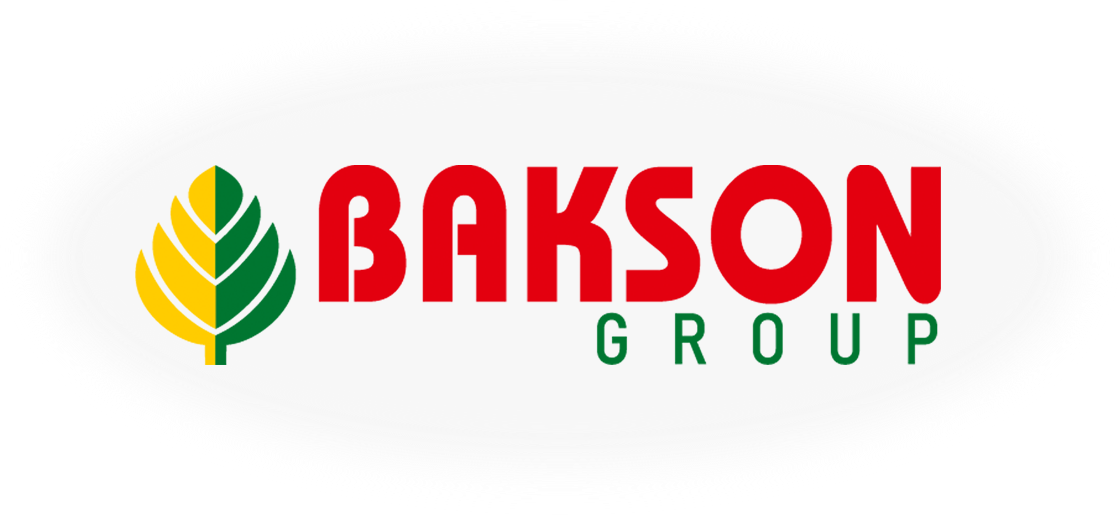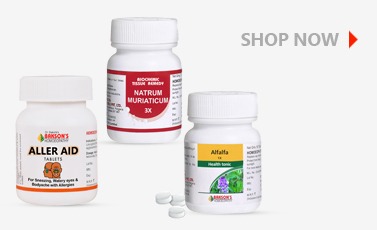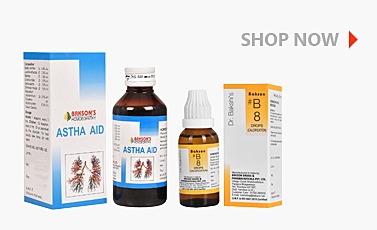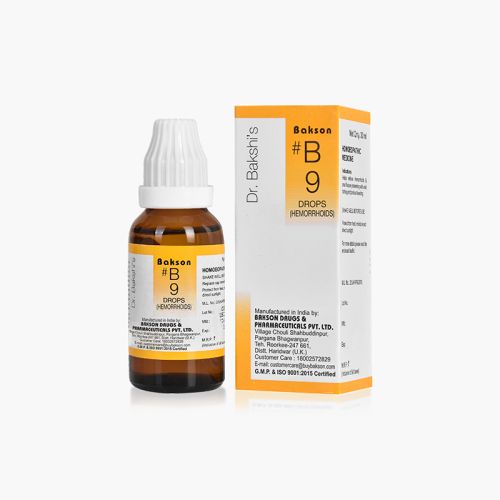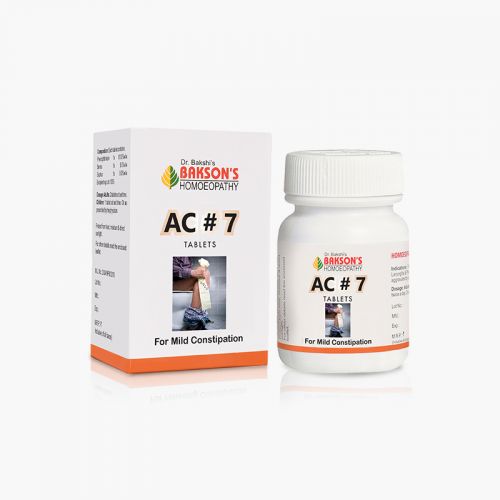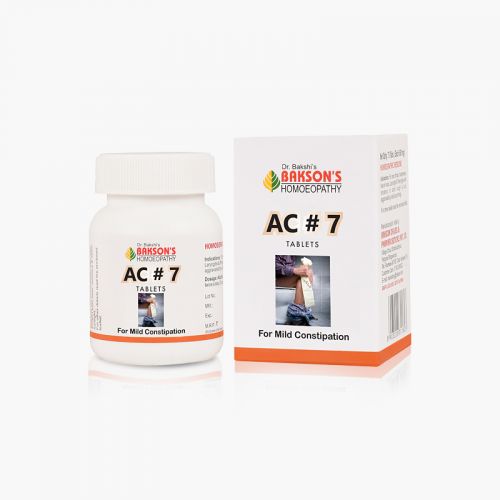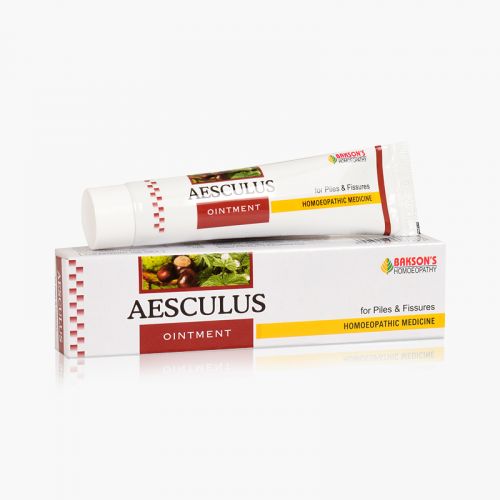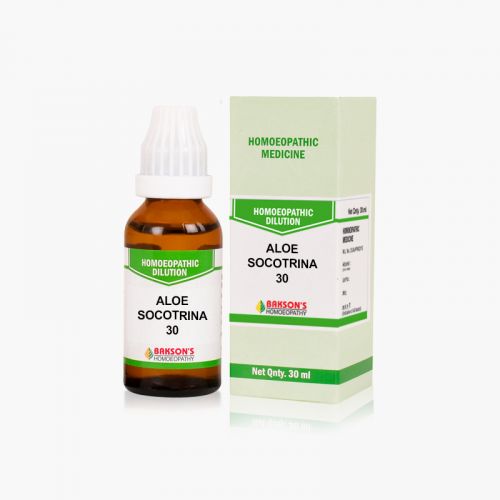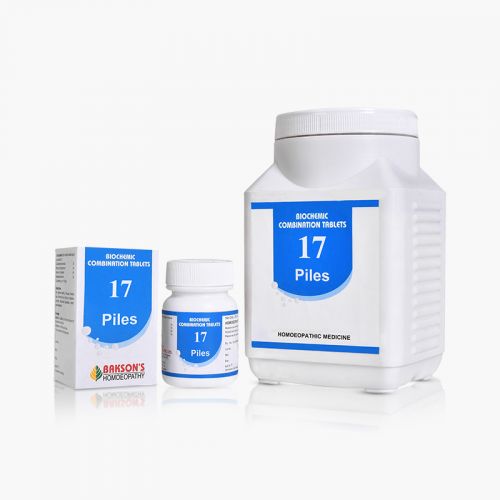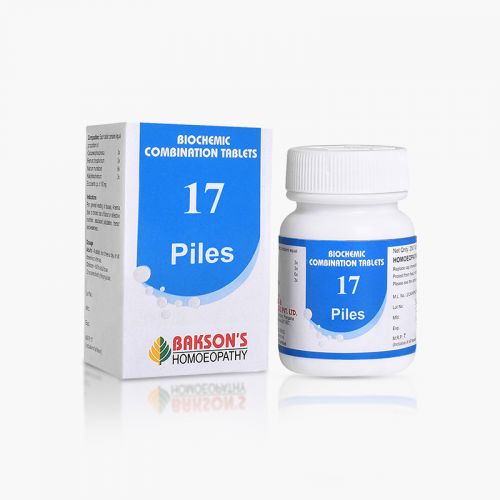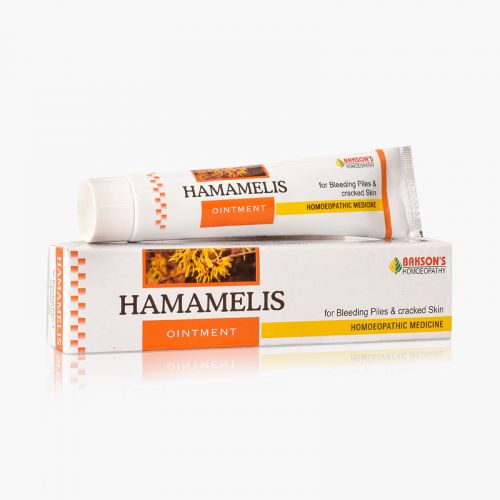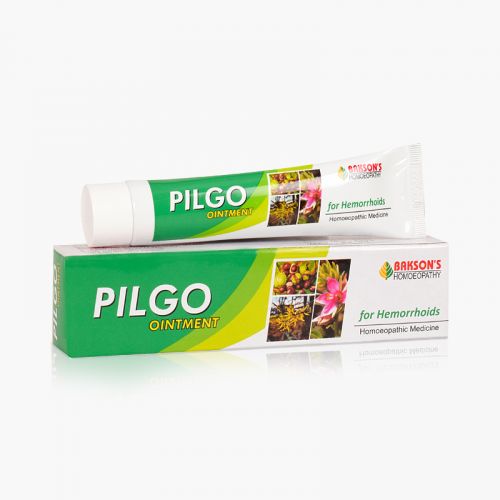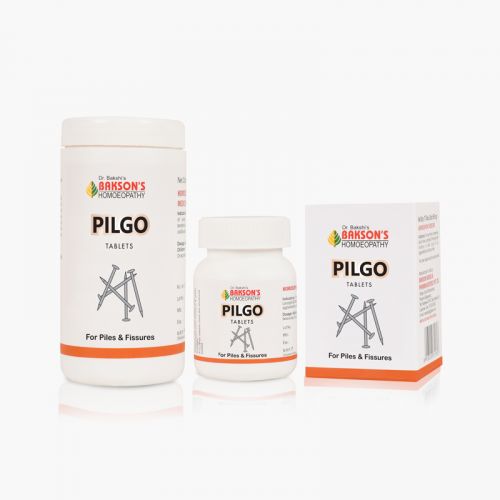We use cookies to make your experience better. To comply with the new e-Privacy directive, we need to ask for your consent to set the cookies. Learn more.
What are Haemorrhoids?
The term haemorrhoids, also known as piles, and hemorrhoidal disease refer to the state of symptoms attributed to the vascular cushions present in the anal canal. These are naturally occurring vascular issues within the submucosa in the anal canal. They help in aiding stool continence by providing bulk to the anal canal. Haemorrhoids typically occur at three locations: left lateral, right anterior, right posterior positions.
External haemorrhoids are covered by squamous epithelium and innervated by cutaneous nerves which are branches of the pudendal nerve. They can occur circumferentially under the anoderm and at any location. On the other hand, Internal haemorrhoids, which originate proximal to the dentate line usually do not cause any pain, however thrombosed or strangulated internal hemorrhoids can cause severe pain.
The true prevalence of hemorrhoidal disease is unknown with various studies reporting a prevalence between 4% and 40%.
Causes
Straining, sneezing, or exertion causes engorgement of these vascular cushions leading to complete closure of the anus thus preventing faecal leakage.
Haemorrhoids correlate with pathologic conditions that result in increased intra-abdominal pressure such as in patients with chronic obstructive pulmonary disease (COPD) or patients who practice straining chronically due to enlarged prostate or urethral stricture or with any SOL. These conditions lead to a pathological increase in the size of the vascular cushions. Fibres of the Treitz muscle (smooth muscle) gets less attenuated and supportive with age and it can lead to prolapse of haemorrhoids also.
Sign and symptoms
Haemorrhoids are the most common cause of rectal bleeding. The most common complaints reported by the patients are itching, bleeding, pain, burning, prolapse, mucus discharge, moisture, swelling or difficulty with perianal hygiene. Bleeding from haemorrhoids is classically bright red and typically occurs at the end of a bowel movement as the stool causes trauma to the engorged haemorrhoids. Patients may describe a sensation of fullness, an urge to defecate, or a sensation of incomplete defecation with internally prolapsing internal haemorrhoids.
Haemorrhoids classify into four grades on the basis of prolapse-
- Grade I haemorrhoids: bulge into the anal canal and do prolapse
- Grade II haemorrhoids: prolapse during defecation and reduce spontaneously;
- Grade III haemorrhoids: prolapse and require manual reduction
- Grade IV haemorrhoids: prolapse and are irreducible
An anorectal exam is ideally performed in the prone jack-knife position for maximal exposure of the perineum and anus. It can also be performed in the lateral decubitus or the lithotomy positions. The perineum is then inspected, and external haemorrhoids, skin tags, prolapsing internal haemorrhoids, fissures, fistulas, abscesses are noted.
Diagnosis
Anoscopy is required to adequately evaluate any patient with haemorrhoids. Flexible or rigid proctoscopy should also be performed, especially in patients with red flag symptoms of bleeding, weight loss, change in bowel habits, or anaemia. A formal colonoscopy should also be a consideration in patients with red flag symptoms.
Management
The initial mainstay of the treatment must be focused on the modification of bowel habits. Constipation should receive treatment by increasing dietary fibre and fluid intake. Regular exercise and maintenance of a regular bowel habit could also help reduce symptoms. Sitz baths can help with hygiene and can provide relief for itching, pain, and burning. They should be warm (approximately 40 degrees centigrade) and soak time should be limited to 15 minutes. Necessary pharmacotherapy is given for the symptomatic relief.
Warning: Above information provided is an overview of the disease, we strongly recommend a doctor's consultation to prevent further advancement of disease and/or development of complications.
Disclaimer: The information provided herein on request, is not to be taken as a replacement for medical advice or diagnosis or treatment of any medical condition. DO NOT SELF MEDICATE. PLEASE CONSULT YOUR PHYSICIAN FOR PROPER DIAGNOSIS AND PRESCRIPTION.
- #B 9 DROPSSpecial Price ₹ 160.00 Regular Price ₹ 200.00
-
- AC #7 TABLETS-40TABS₹ 100.00
- AC #7 TABLETS-75TABSSpecial Price ₹ 172.00 Regular Price ₹ 215.00
- ACIDUM NITRICUM 30₹ 100.00
- AESCULUS OINTMENT - 25 GM₹ 75.00
- ALOE SOCOTRINA 30₹ 100.00
-
- BCT # 17 (PILES)-250TABSpecial Price ₹ 84.00 Regular Price ₹ 105.00
- HAMAMELIS OINTMENT- 25 GM₹ 75.00
- PILGO OINTMENT - 25GM₹ 75.00
-
